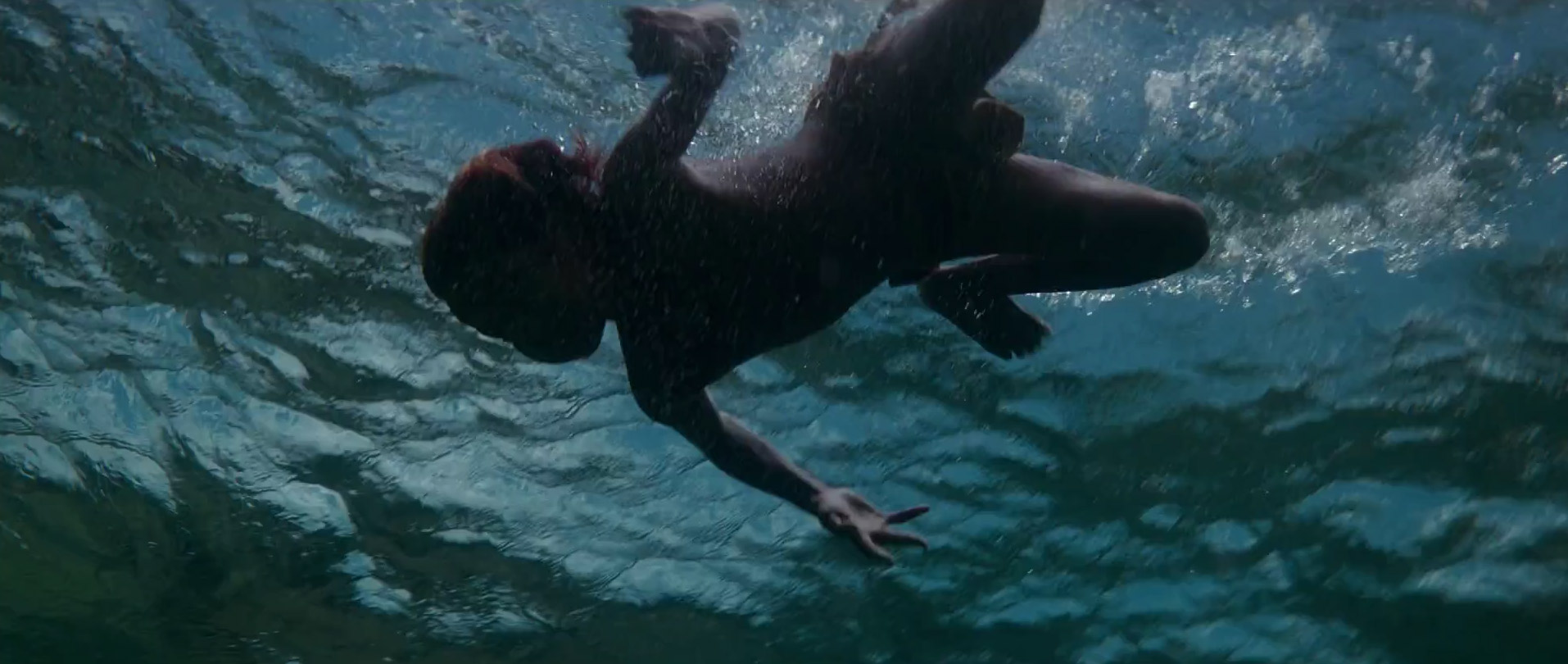


Food: Fish is the staple meat in the Solomon Islands cuisine. Usually any meat is cooked and served with sweet potatoes, rice, taro roots, cassava, taro leaves and many other vegetables. For this film, I recommend steaming a selection of your favorite veggies (carrots, zucchini, peppers, spinach), cook up your favorite meat dish (I prefer steak or chicken wings) and serve with sweet potatoes on the side.
Film: Terrance Malick has a distinct, lyrical filmmaking style which tends to either really work or utterly fall short. “The Tree of Life” garnered a sweeping number of accolades when it came out in 2011, but “To The Wonder,” released a year later, felt like spinning inside the Rotor carnival ride until you want to vomit, unable to grasp onto anything concrete or even look at something long enough to make sense of it.
“The Thin Red Line” is easily one of Malick’s best films, but it still has no decisive idea about what story it is telling. This takes place in the midst of World War II. It is 1942, America has just entered the war on the Allied side, and the Battle of Guadalcanal is on the horizon. The film starts on the Solomon Islands, as Private Witt (Jim Caviezel) wanders peacefully through the tropical lands, enjoying the simple life with the Natives, when his commanding officer (Sean Penn) locates him, we learn that he is a U.S. Army absconder.
Ultimately, the focus of the film doesn’t stay with Private Witt for very long. With a stocked cast including Nick Nolte, Adrien Brody, Jared Leto, John Travolta, and Woody Harrelson, the story is structured so that it flows from character to character, exposing each man’s fears and longings through poetic inner dialogue. Malick does an excellent job of quietly reflecting on the horrors of war, the trepidation and dread of the soldiers and the agony that suspends in the air even after a victory.
“The Thin Red Line” is stunning to watch. Each take is full of vibrant colors, natural landscapes and portrait-like long lens close ups by cinematographer John Toll. Malick’s team succeeds in pulling off a truly beautiful film, despite it being about one of life’s ugliest realities. However, as Roger Ebert eloquently notes, “The central intelligence in the film doesn’t belong to any of the characters, or even to their voice-over philosophies. It belongs to Malick, whose ideas about war are heartfelt but not profound.” The film generally feels like a long, musing prose about the concept of war and its complexities, but not necessarily coming from someone who has experienced it first hand. He veers from the source material, a sharp and direct novel written by James Jones, which reflects on his personal combat experience. Jones looks at how each characters personality dictates their war time behavior, and how while soldiers are trained to group-think and not individualize, they are still human. Human beings will inevitably succumb to a variety of opinions and perspectives which can affect their game time decisions. Malick shows the events unfold through a hazy lens, as though another film is projected silently and a person watching provides overlapping commentary of their own.
All in all, this film is spiritual, reflective and engrossing. “All they sacrificed for me… poured out like water on the ground… this great evil… where does it come from?… who is doing this? Robbing us of light and life?”
Leave a comment